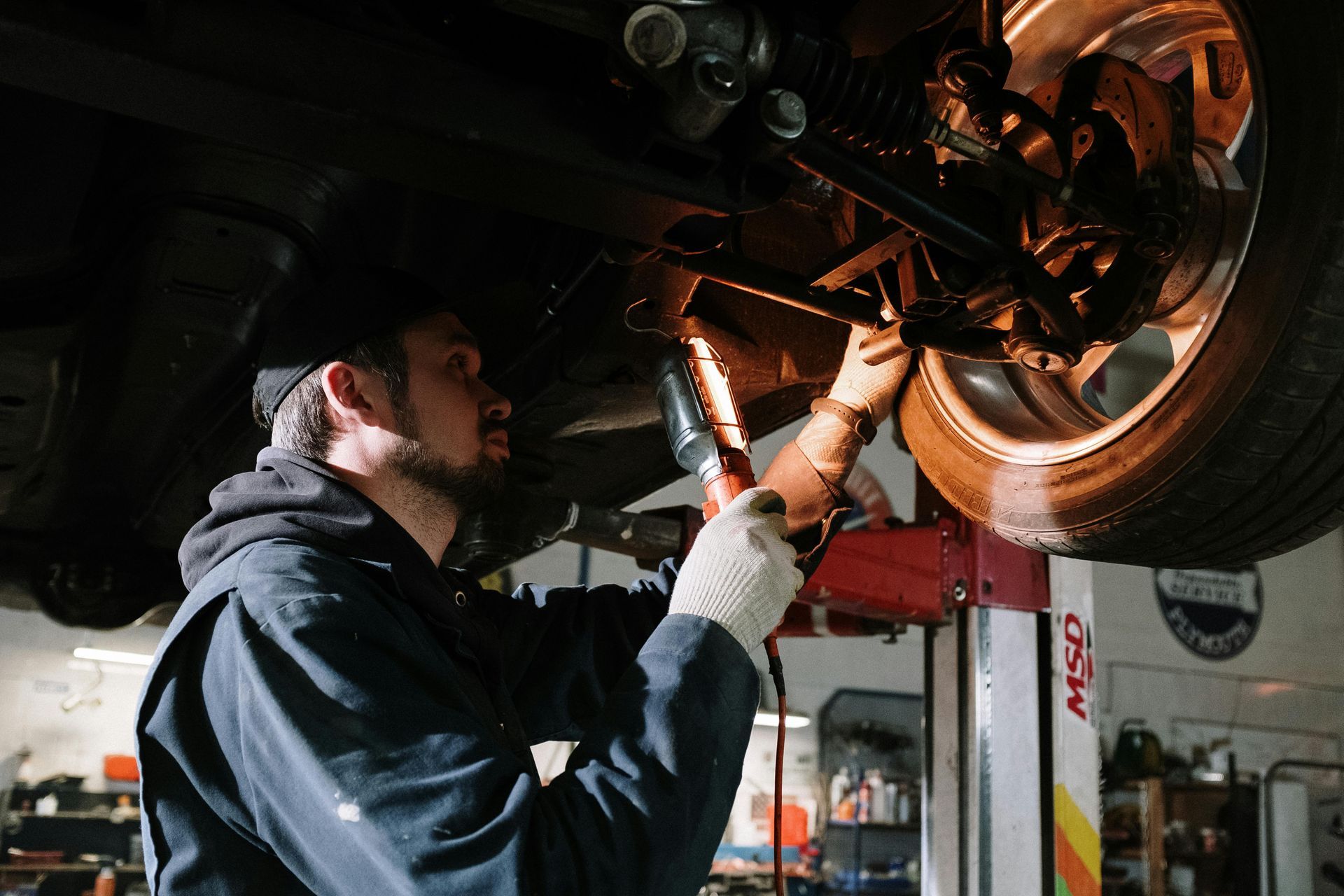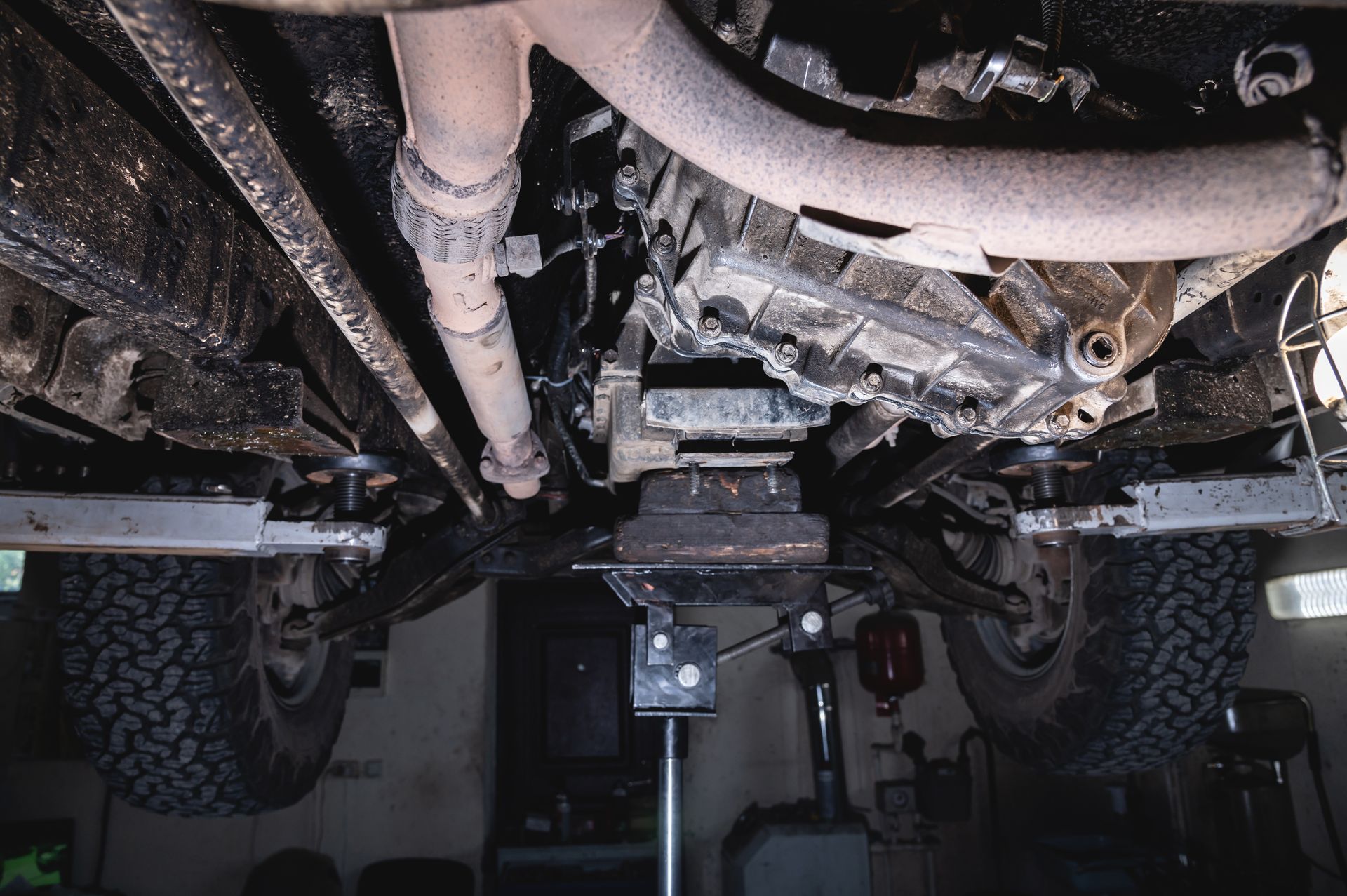Fall Driving Tips
Now that fall has arrived, it's time to shift gears on driving safety.
It's easy to think of autumn as a gentle time, benign for drivers — easy, but very wrong.
Fall brings its own set of hazards that can result in damage or injury if you're inattentive when behind the wheel.
Here are nine things that require special attention in this season.
1. Kids
Maybe you're used to all the back-to-school traffic. But maybe the kids aren't, especially new student drivers not yet overcoming their own lack of expertise and that of their peers.
So stay wary in school zones not only for kids walking, but also for young, inexperienced drivers leaving the premises and picking up friends or siblings.
Remember that most states require you to halt in most situations for a school bus with its red flashers on.
That is violated often enough that buses are beginning to use cameras to catch people who drive by when the “Stop” arms are extended and the lights are flashing.
2. Darkness
"When Daylight Saving Time ends, many people will find themselves spending more time driving in the dark,” the National Safety Council warns. “Depth perception, color recognition and peripheral vision can be compromised in the dark, and the glare of headlights from an oncoming vehicle can temporarily blind a driver.”
Though just 25 percent of our driving is at night, 50 percent of traffic deaths occur then, according to the council, a nonprofit founded in 1913 to reduce preventable deaths.
A 50-year-old driver might need twice as much light to see as well as a 30-year-old, the safety council says. And at 60 and older, we generally see road signs less clearly, have more trouble judging speed and distance, and are bothered more when headlights glare, according to the American Optometric Association.
3. Critters
You're 3.5 times as likely to hit an animal, especially a deer, in November as at any other time of the year, the Insurance Institute for Highway Safety says. Deer are likely to be mating in November, and that's why you see more of them.
West Virginia, Montana, Pennsylvania, South Dakota and Iowa had the highest proportion of collision claims with animals between July 1, 2018, and June 30, 2019, according to the institute and State Farm Insurance. An adult deer, the smallest of several breeds of hoofed mammals, can weigh 300 pounds or more, so that's like hitting two adult men.
About 1 of every 100 drivers will hit a deer during the driver's life behind the wheel, animal-rights group PETA says.
4. Leaves
As the foliage falls and winds blow, leaves litter the road.
They can cause motorists to park farther from the curb to accommodate piles, create puddles as they block drainage, hide potholes and pavement markings, prompt bicyclists to stray from their designated lanes and turn into a slick mess when they coat the road during rain. That's because wet leaves create a mat that reduces traction no matter how new your tires are.
Then come the leaf peepers. You're familiar with these tourists if you live in some areas of the country, but even locals can be prone to slowing down if an especially beautiful display of color catches their eyes.
With both leaf peepers and fallen foliage, make sure you have plenty of stopping distance to avoid a rear-ender.
5. Tires
Tires perform better on rainy surfaces if they have enough tread. And they stop faster and steer better on dry ones.
Also, proper tire pressure helps keep you rolling smoothly and safely. Expect your tires to drop at least 1 pound per square inch (PSI) of pressure each month, no matter the weather.
When the air cools in the fall, that accelerates. Tires will drop another pound per square inch of pressure for every 10 degrees of temperature drop.
Check tire pressure with a good handheld gauge from an auto parts store when the car's been sitting two or three hours. Correct pressure will be noted on a decal pasted on the driver's side door jamb or the door itself and in the owner's manual.
The pressure inscribed on the tire sidewall itself is a maximum and not the recommended inflation — though it might coincidentally match the recommended PSI for your car.
6. Dampness
We think of big puddles as dangerous — and they are — because front wheels can float and you can lose steering. That's called hydroplaning.
But even before the puddles accumulate, rain can pool on the dust, grime and oil that are on all roads and make the pavement slick. That's especially true if your area hasn't had rain in a while.
Slowing your speed helps. If you're on a busy road, you can drive in the tracks of cars ahead of you where the road is driest.
7. Glare
The blinding distraction of sun glare waxes as summer wanes.
Sounds wrong, but it's logical because the sun moves closer to the horizon. That points it straight into your eyes and makes it more likely to reflect at low angles off buildings, other cars and windows.
Have your sunglasses handy. Don't look directly into the lights of oncoming traffic when you drive at night.
And keep your windshield clear, so dirt streaks don't contribute to the glare.
8. Fog and frost
Those harbingers of winter are fall hazards in some areas.
Otherwise refreshing chilly autumn mornings can trigger fog, reducing your vision and distance perception. This is when you're supposed to use those fog lights that many cars have. They shine wide, low beams along the road and onto the edges of a street, which also is helpful for critter spotting. Don't use them instead of your regular headlights but rather in addition to low-beam headlights.
Don't click on your high beams. Those make visibility worse because the bright light bounces off the fog and right back into your eyes.
When temperatures have been cold enough that moisture on the road has turned to ice in spots, slow down.
Pay special attention to bridges and overpasses. All those “bridge freezes before road” signs are serious.
9. Inexperience
You live where it's temperate and dry, you say, so thanks, but no thanks.
But hold on. Common sense suggests that you sometimes take a trip, driving your own vehicle or a rental.
And when you do, you're out of your depth, beyond your normal driving experience. That means the fall challenges listed here can be even more daunting because you seldom face them and don't have the muscle memory to react smoothly.









